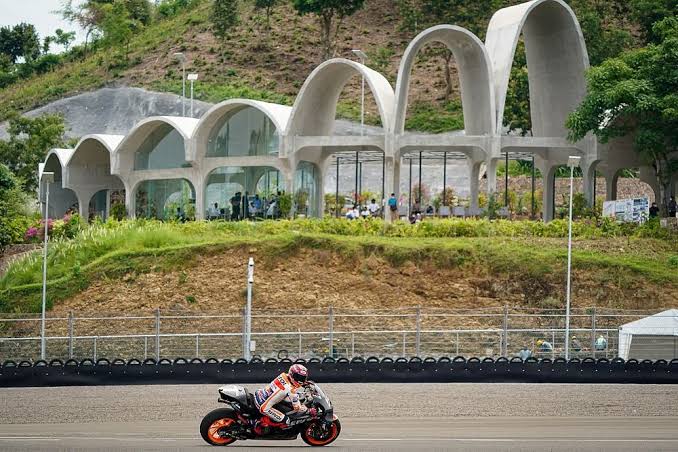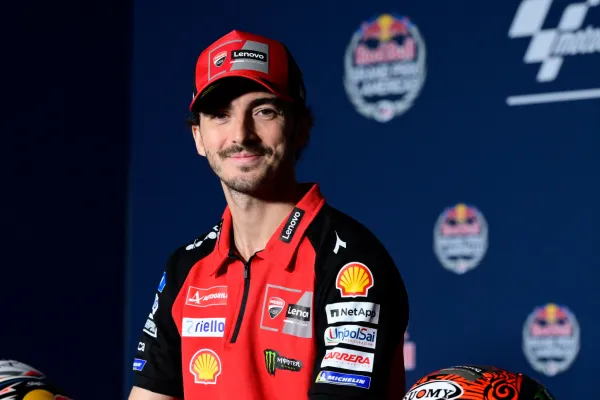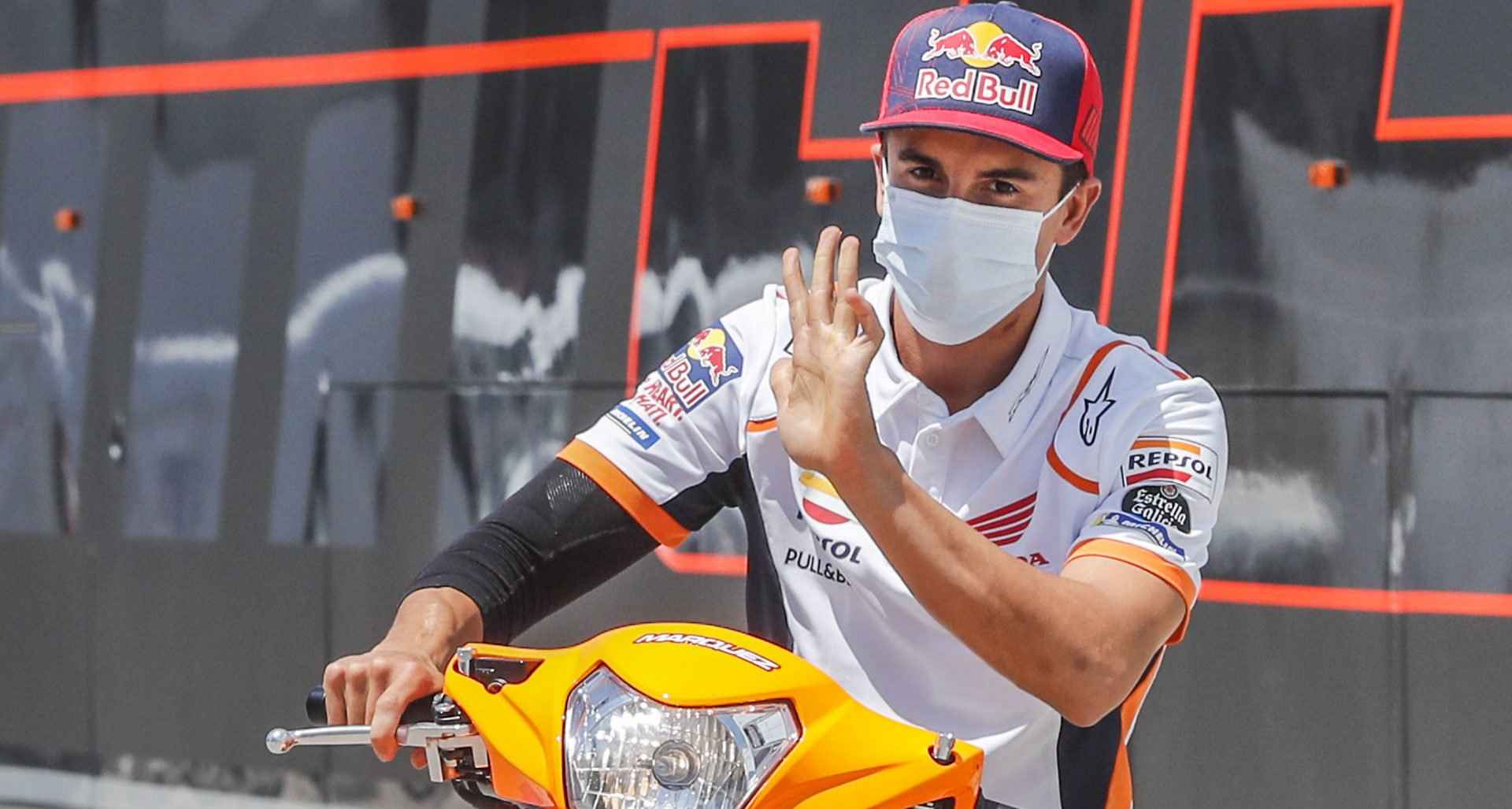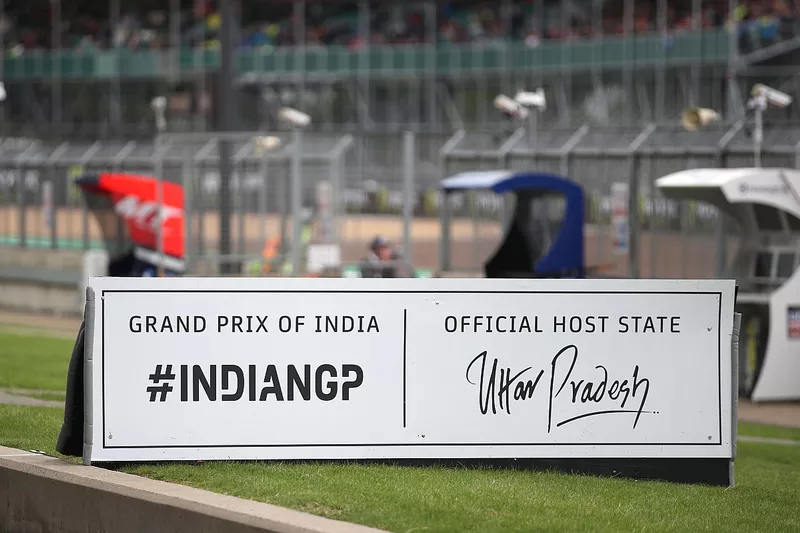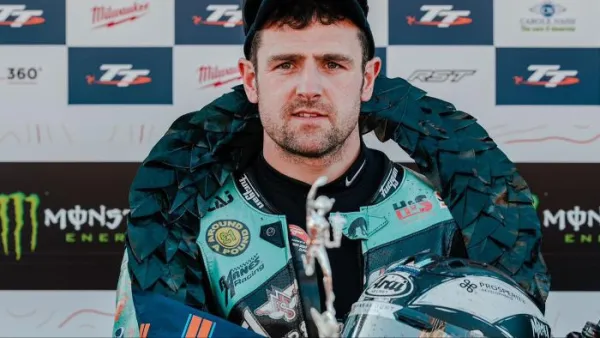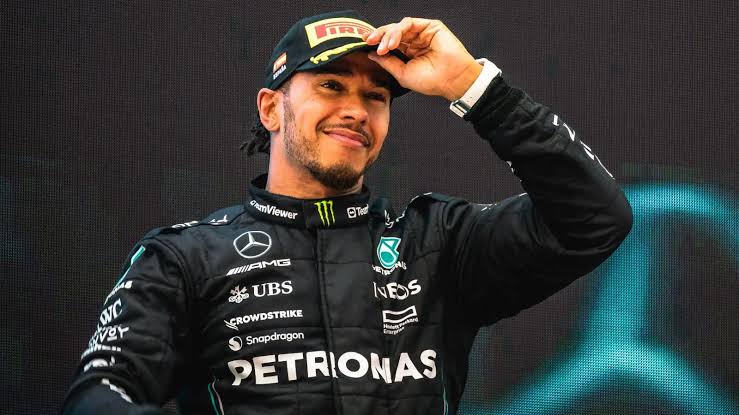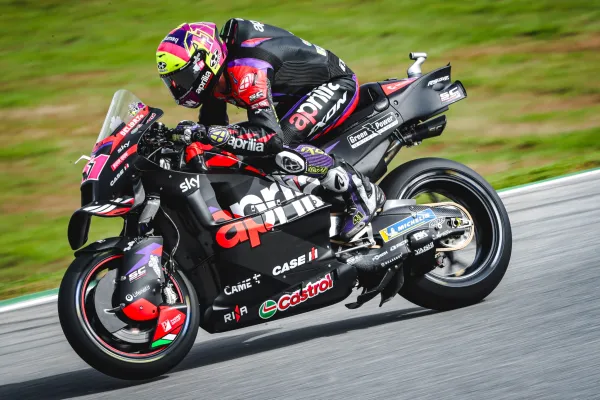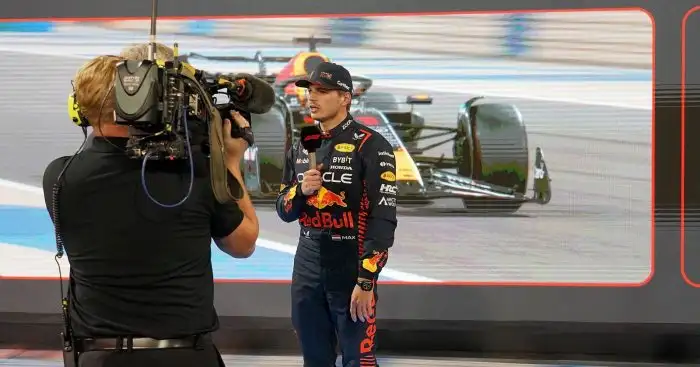Vasseur Clarifies The Occasions On Which Sainz Has Beaten Leclerc In 2023
The 2023 Formula 1 season has brought forth a dynamic internal rivalry at Ferrari, pitting Charles Leclerc against Carlos Sainz in a captivating battle for supremacy. As the statistics accumulate, fans and pundits have been eager to dissect their performances and determine the occasions when Sainz outshone Leclerc. Frederic Vasseur, Ferrari’s director, recently clarified this intriguing facet of their rivalry.
Statistical Intrigue
In the realm of Formula 1, statistics often serve as a compass to navigate the complexities of driver rivalries. The 2023 season has given us a compelling showdown between two exceptional drivers, Charles Leclerc and Carlos Sainz, each representing the iconic Ferrari team.
Leclerc, the young prodigy from Monaco, has displayed his prowess by clinching four pole positions during the season. He has also secured one additional podium finish, boasting a total of four to his name. Sainz, a seasoned driver known for his consistency, has contributed significantly to Ferrari’s cause, securing two pole positions and three podium finishes. Notably, Sainz is the only non-Red Bull driver to achieve victory in 2023, with his impressive win in Singapore.
This balance in their statistics sets the stage for a gripping analysis of their head-to-head performance.
Vasseur’s Insights
During the Mexican Grand Prix weekend, the motorsport community sought clarity on the instances when Sainz outperformed his teammate, Leclerc. Ferrari’s director, Frederic Vasseur, provided some much-needed insight into this topic.
Vasseur began by emphasizing that both Leclerc and Sainz demonstrated nearly identical performance levels over the weekend. This balanced performance extended from practice sessions to the nail-biting qualifying rounds in Mexico. His response essentially debunked the notion that one driver had a definitive edge over the other in any specific race.
” They had the same pace over the weekend,” Vasseur stated, underscoring the negligible differences in their performance. However, it’s important to critically assess Vasseur’s explanation against the hard data.
Assessing the Data
Vasseur’s assertion of negligible performance differences might not entirely align with the available data from the 2023 season. The statistics from the season’s pole positions, for instance, present a nuanced picture.
In the context of Singapore, Leclerc secured the pole position with a gap of almost eight hundredths of a second over Sainz. This notable advantage in favor of Leclerc emphasizes his dominant performance during that specific qualifying session. The margin of victory is substantial and should not be overlooked.
In the case of the Monza pole position, it was Sainz who reigned supreme, edging out Leclerc by a minimal 0.067 seconds. Although this difference is relatively minor, it remains double the hundredths of a second mentioned by Vasseur. Therefore, the available data highlights instances when one driver significantly outperformed the other in qualifying.
Tire-Related Variance
The Mexican Grand Prix added another layer of intrigue to the Leclerc-Sainz rivalry, especially in terms of their race-day performance. Vasseur attributed the fluctuations in performance during different phases of the race to tire choices, particularly the behavior of hard compound tires on Ferrari’s cars.
During the early stages of the race, Leclerc showcased remarkable pace, even with a damaged front wing that resulted from a collision with Sergio Perez at the race’s outset. Notably, his lap times were competitive. However, his performance dipped following the repair of his wing during a red-flag period.
Vasseur clarified that the decline in performance was not a consequence of the damaged wing but rather a reflection of the tire compounds in use. He rejected the notion that a damaged wing could outperform a new one, asserting that the performance variance was relative to the medium and hard tire compounds.
Strategic Considerations
Ferrari’s decision to extend Leclerc’s first stint when he inherited the race lead added an element of strategic complexity. Unfortunately, they chose to make a pit stop just two laps before a red flag disrupted the race, an ill-timed decision that denied them the opportunity to change tires without sacrificing track position.
While Vasseur refused to speculate on the outcomes of a different strategic choice, he acknowledged the unpredictable nature of racing, marked by a multitude of unforeseen events. He emphasized that Ferrari had a real chance to match the pace of Max Verstappen, the eventual winner, and even surpass Lewis Hamilton’s performance during the initial stages of the race. This difference in performance, he explained, was primarily linked to the choice of tire compounds.
Ferrari’s Perspective
Ferrari’s consistent performance in securing pole positions, which often don’t translate into race victories, has not led to frustration within the team. Vasseur underscored that achieving third and fourth positions in a race should not be viewed as a negative outcome. He acknowledged that Ferrari had a challenging stint towards the end of the Mexican Grand Prix but highlighted the success of the initial part of the race.
Vasseur emphasized that Ferrari’s ongoing progress, marked by four pole positions in the last six races, represents a significant step forward for the team. He also recognized the need for greater consistency during races, particularly in maintaining performance across different stints. This consistency, he explained, is essential to avoid losing positions during critical phases of the race.
The balanced rivalry between Leclerc and Sainz at Ferrari offers Formula 1 fans an intriguing subplot for the 2023 season. With a shared commitment to excellence and a healthy competition, these drivers are redefining team dynamics while inspiring their peers and racing enthusiasts around the world.

